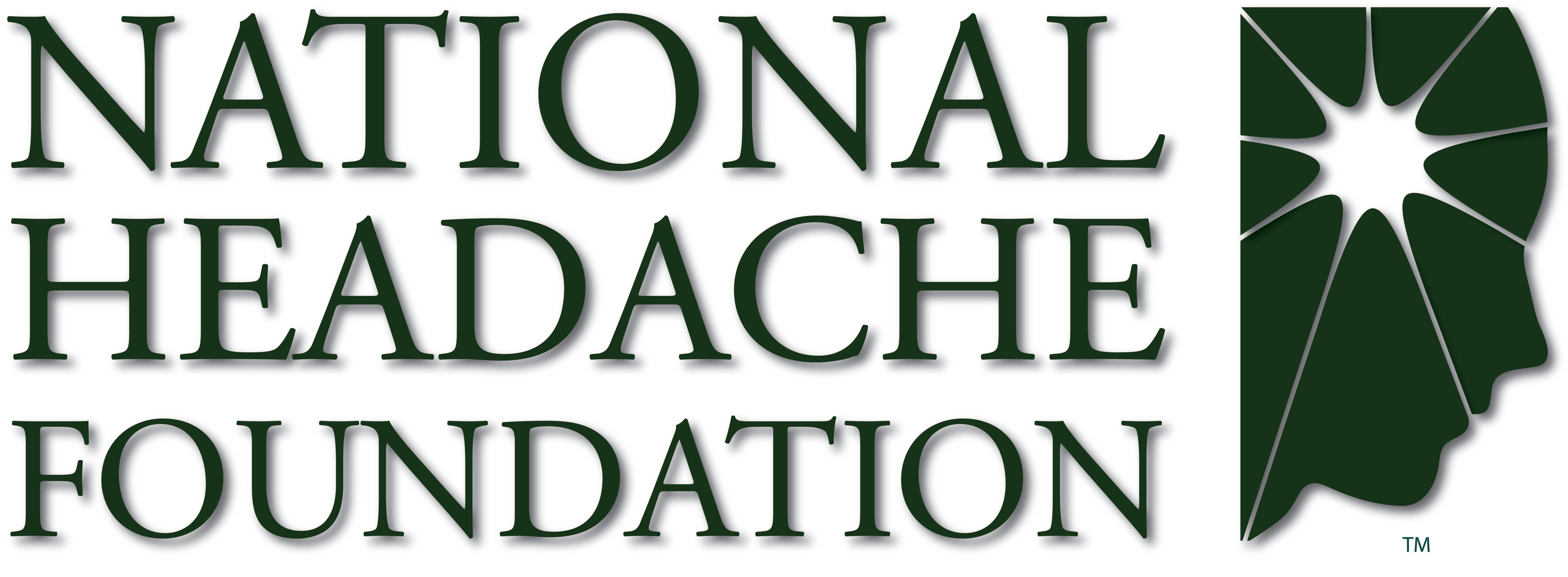
Raising Cranial Neuralgias Awareness via Improved Diagnostics: Paul G. Mathew, MD, DNBPAS, FAAN, FAHS

The assistant professor of neurology at Harvard Medical School provided thoughts on the need to increase awareness on cranial neuralgias and the importance of the diagnostic process for this condition.
"We also must listen carefully to the timeline of their attacks. When patients have this abrupt turn of their head and their headaches get worse, it’s worthwhile to ask those questions.”
Occipital neuralgia is a condition in which the occipital nerves, which run through the scalp, are injured or inflamed. This causes headaches that feel like severe piercing, throbbing or shock-like pain in the upper neck, back of the head, or behind the ears. Occipital neuralgia, like many other cranial neuralgias, can be difficult to diagnose because of its similarities to migraines and other headache disorders.
While there is no concrete test that will reveal a positive or negative diagnosis, a physical examination and neurological examination can be done to look for abnormalities. A recently conducted case study involved 2 patients who presented with headaches that met criteria for posttraumatic headache that ended up diagnosed with a focal painful cranial neuralgia explored this examination process. Authors Paul G. Mathew, MD, DNBPAS, FAAS, FAHS, and Wade Cooper, DO, concluded that the presence of cranial neuralgias is often overlooked within the migraine community, and can be overshadowed by other related posttraumatic headaches.
Mathew, an assistant professor of neurology at Harvard Medical School, stressed that a thorough examination is key to understanding where the pain is occurring and how to properly treat it. In an interview with NeurologyLive, Mathew claimed that the awareness of these neuralgias is not adequate among neurologists, noting that making the proper diagnosis is only possible if there is continual conversation between patient and clinician.
REFERENCE
Mathew PG, Cooper W. The Diagnosis and Management of Posttraumatic Headache with Associated Painful Cranial Neuralgias: a Review and Case Series. Curr Pain Headache Rep. Published online June 23, 2021. doi: 10.1007/s11916-021-00969-w
Newsletter
Keep your finger on the pulse of neurology—subscribe to NeurologyLive for expert interviews, new data, and breakthrough treatment updates.




















